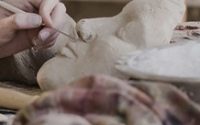How to Choose Face Paints
From being a cute mermaid or the brave Batman at themed birthday parties to going out as a scary dragon on Halloween, face and body paints are always a great idea for a creative mask. But choosing the right paints, especially the ones that are safe to apply on your child’s face can be an overwhelming task, especially when you get hit by the huge range of face paints for sale on the market.
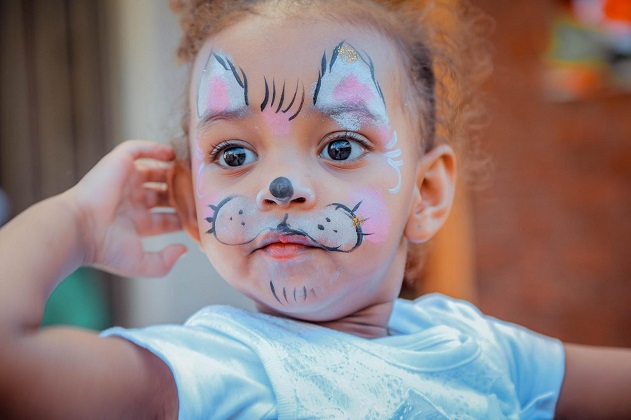
Source: eco-age.com
How to Choose Safe, Non-toxic Paints
Putting inappropriate paints on your little one’s face can lead to allergic reactions or irritate his/her delicate skin, so make sure you carefully read the label and go for the safe face paints Australia parents can trust. These are the paints that don’t contain any dangerous lead, cadmium, chromium, barium and talk which are known as skin irritators, hormone disruptors, cancer causers and some of them are even used as rat poisons. Also, the face paints which are safe for children won’t contain any dangerous acrylics which can permanently damage any skin, artificial fragrances known as chemicals also causing many skin irritations, as well as parabens and other preservatives that are becoming more and more banned in many cosmetic industries worldwide.
Okay, now that you know which ingredients to avoid, you’re probably wondering what are the safest paints you can find. Well, the most recommended paints to put on your child’s face are water-based ones, preferably those made of natural ingredients such as organic beets, red cabbage, purple carrots, turmeric, marigold, etc. Even though these ingredients are less likely to cause allergic reactions, many parents also recommend doing a small test on your child’s torso or arm for any reactions before you fully cover his/her face and body in paints.
What Kind of Paint Can You Use on Your Face?
Aside from choosing products that are safe for your little one, know that face paints can be based on many ingredients which determine their performance once they’re applied to the skin.
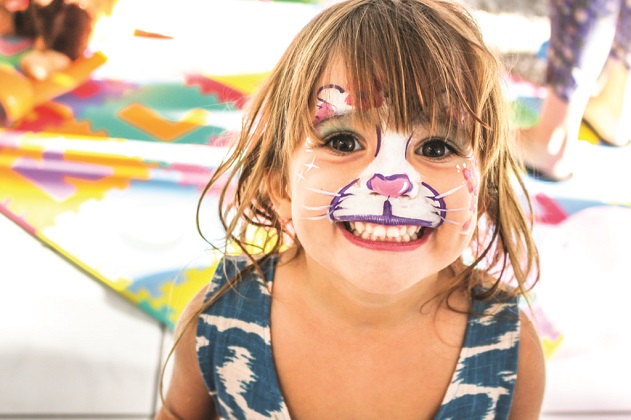
Source: majuraparkshopping.com.au
Water-Based Paints
As we said before, these paints are the most recommended option to put on your child’s face since they’re based on water instead of any toxic chemicals. Due to their watery construction, applying them with different brushes and sponges is a piece of cake, and they also dry very fast which is ideal for children that can often be impatient and touch their face. Also, water-based paints won’t cause any acne breakouts, are very easy to remove and also the most budget-friendly option out of all the face paints Australia retailers offer.
Grease-Based Paints
The face paints based on oils and different greasy ingredients are most commonly used in theatres and the movie industry since they’re sweat-resistant and very long-lasting. But they’re not that suitable for toddlers and preschoolers, since they can cause a thick and slimy feeling which can trigger them to touch their face and get them all over their clothes. This wouldn’t be such a problem if they weren’t that hard to remove from clothes.
Paints that are based on grease are also a bit more expensive than water-based ones, but they still make for a great choice for middle-aged children and young teens.
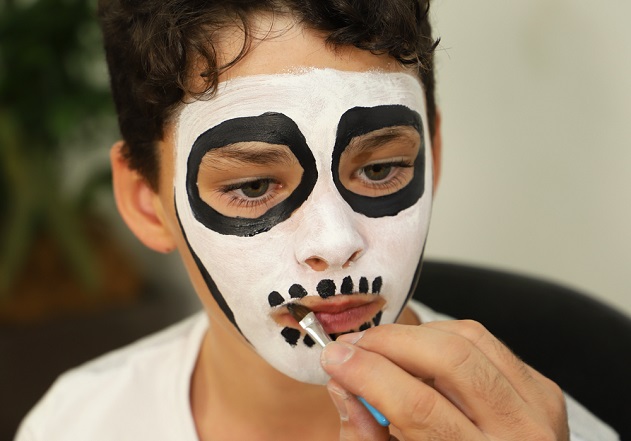
Source: montmarte.net
Alcohol-Based Paints
Alcohol-based face paints are great for the hot and humid summer days since they have great water-resistant properties and won’t smudge all over your little one’s face right after you leave your home for the party. These paints are also very easily applied using an airbrush or a convenient face sponge.
But be careful with face and body paints that are based on alcohol, since the most solid versions of them also need alcohol-based liquid to get the perfect painting texture. Also, alcohol-based paints can be harsh on your kid’s delicate skin and they tend to be more expensive than any other paints for face, which are two more reasons to avoid them.
Powder-Based Paints
As their name states, powder-based face paints are made of different powders which are easily applied to the skin, using the same method as applying eye shadows. These paints are very sweat and water-resistant and can look very lively and vibrant, especially if you prime the face before applying them.
But even though they get their creamy texture from glycerine, wax or other natural diluters, make sure you carefully read the label before you choose them for your child, since some of them can be based on toxic chemical powders such as talk powders we mentioned before.
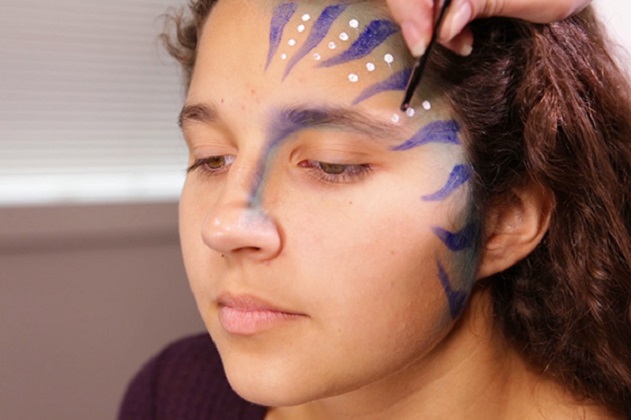
Source: bestoforlando.com
What Is The Best Way to Apply Face Paint?
After you choose the right face paints which are safe to be applied on the skin, it’s time to apply them properly. Face painting involves a couple of steps, and when carefully done, it can result in a flawless face mask that will last for hours.
- Before you apply them, make sure you start with clean, well-dried skin.
- Natural face moisturisers are a great base for your daily make-up routine, but make sure you skip them and apply some proper primer for face paints and wait a couple of minutes for it to dry properly.
- Apply some Vaseline on the hairline, eyebrows and any other hairy area you aren’t planning to paint, but don’t forget to remove it when you finish painting.
- Start painting using a face sponge for the larger areas and a brush for the smaller areas such as the lips and eyelids.
- If you’re applying more than one colour, make sure the first layer dries well before you apply another colour to prevent blending and mixing.
- When drawing the details, make sure you make only short and quick strokes, instead of dragging long ones, just like you’re applying eyeliner.
- When you’re done, let the face dry well before you set it with some baby or any other translucent powder to reduce shine and extend the colour lasting.
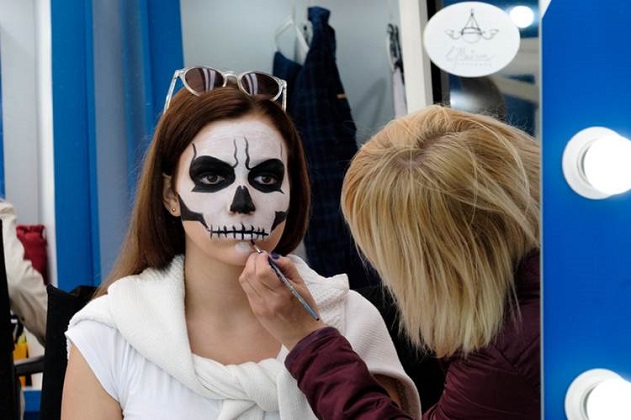
Source: agein.com
How to Remove Face Paints
After having all the fun in the world and getting the award for the best mask, it’s time to remove the paints from your child’s face. For this purpose you need to:
- Start by gently applying a mild soap or a baby shampoo on wet skin and make sure you gently scrub it without letting any of it go into your child’s eyes.
- Wash the soap off the face again with warm water.
- Areas such as hairline, eyebrows, ears and eyelids are very specific, so if there’s any residue, apply some baby, coconut or olive oil on a cotton ball or a make-up removing pad and gently rub it over the areas.
- If needed, repeat these steps before you rinse the skin from oils.
- When the face is well rinsed without any colour left, make sure you pat it gently with a dry and soft cloth instead of scrubbing the moisture with a towel made of rough fibres.
- Apply a gentle, baby safe face cream or moisturizer to finish the cleaning process.
With the right face paints and a little bit of enthusiasm, you can make sure that your little one gets the best mask award without being concerned about his/her face getting irritated.



